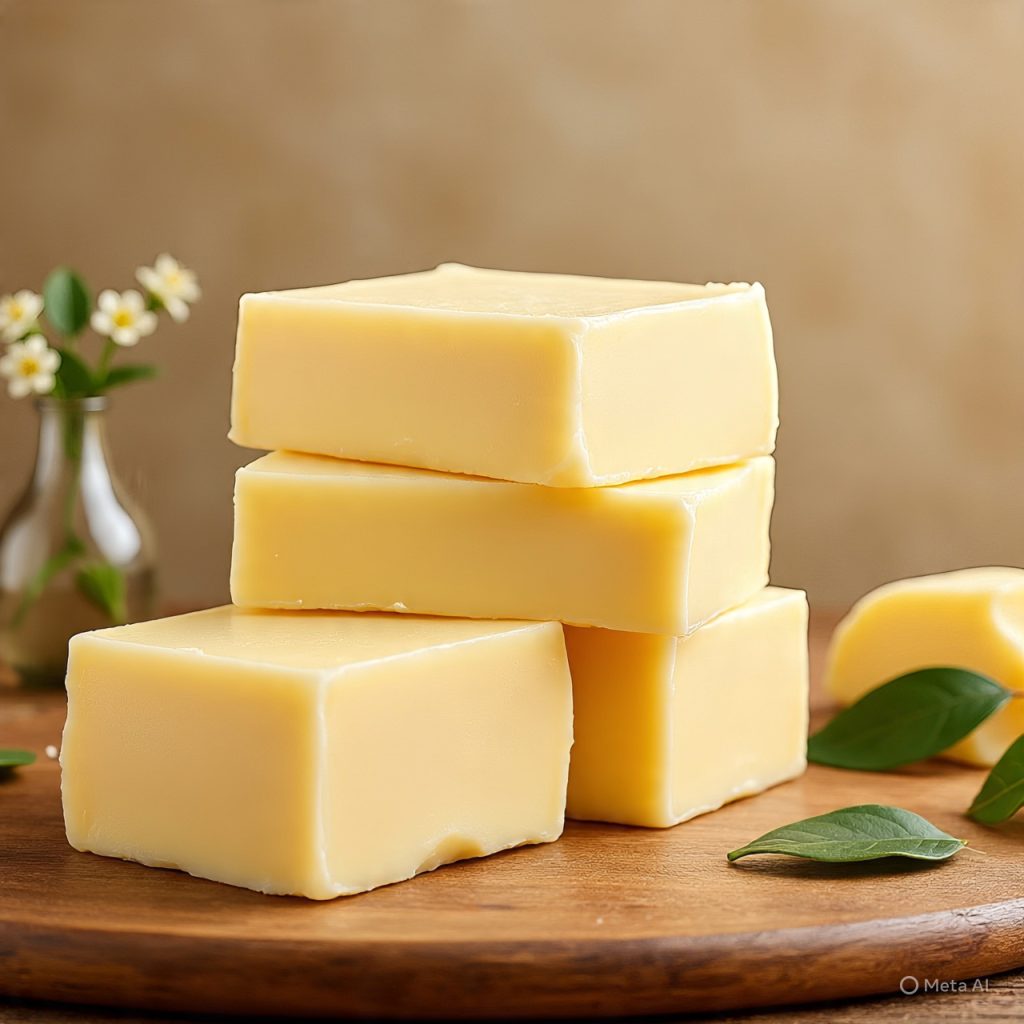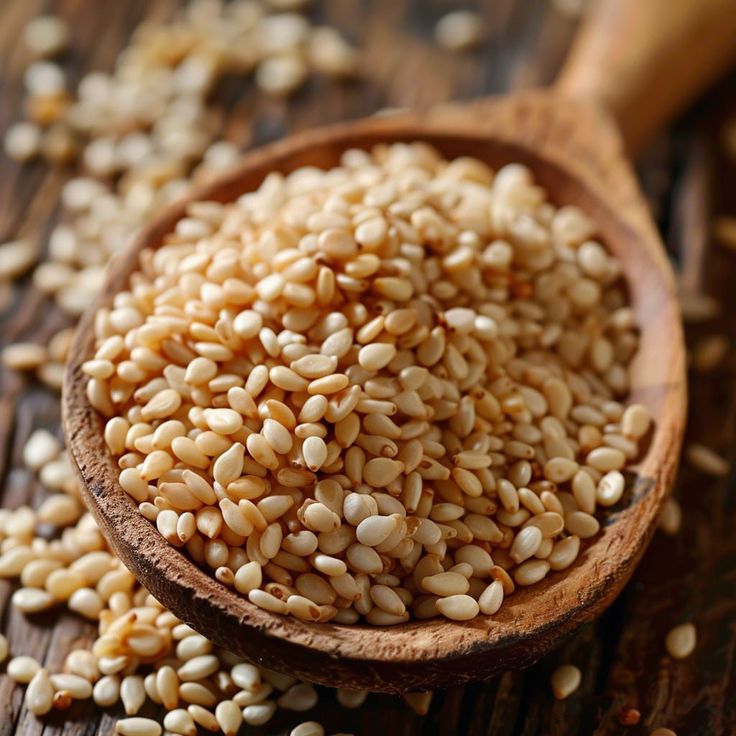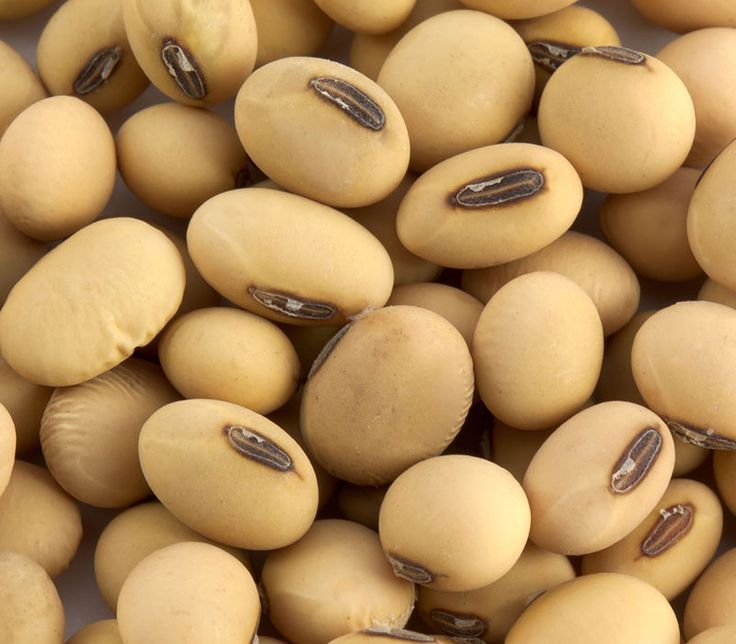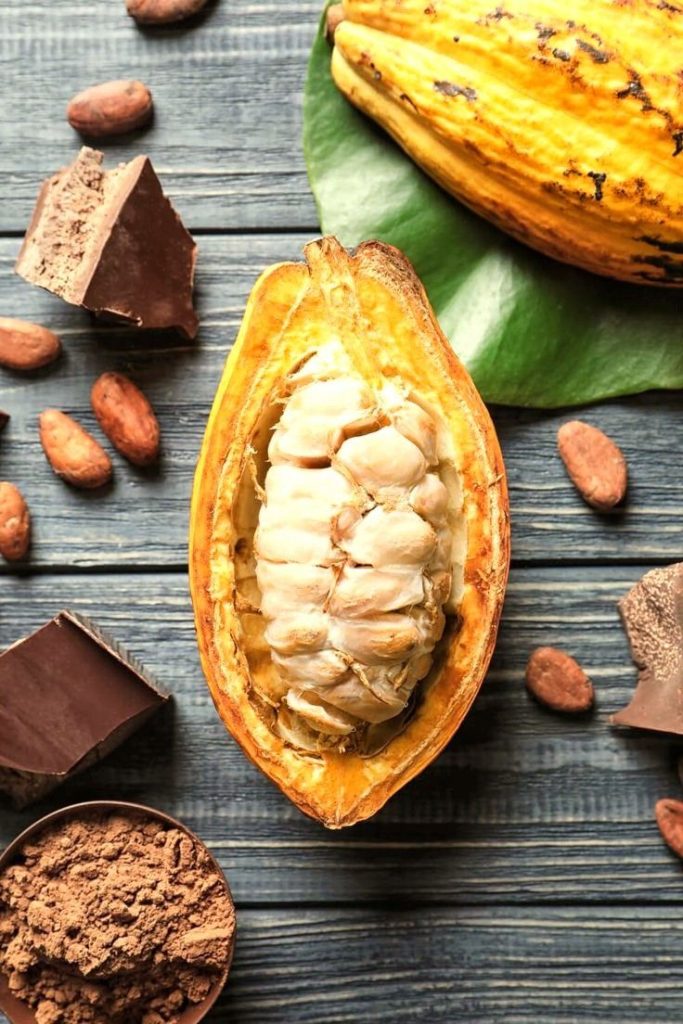Yam (Dioscorea species) is a high-value tropical root crop widely consumed across Africa, the Caribbean, Asia, and in diaspora communities worldwide. Known for its dense texture, rich taste, and high nutritional content, yam is a staple food and a sought-after export commodity.
Its long storage life and versatility in culinary applications make it a reliable product for the international agricultural trade.
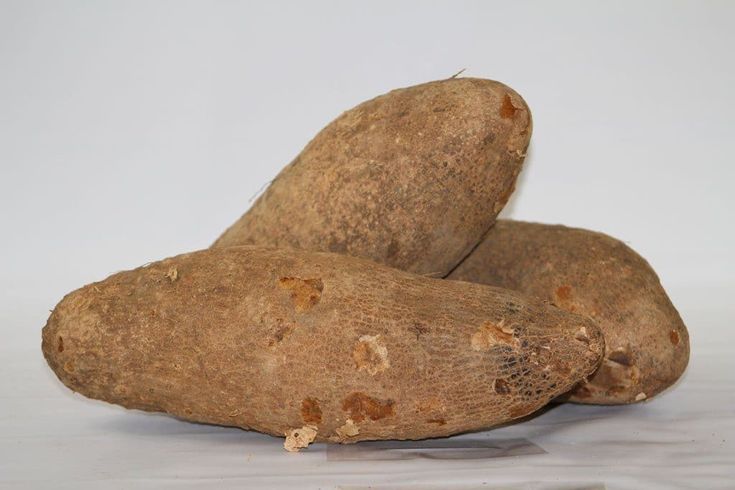
Why Yam is in High Demand
-
Global Staple – Essential in many traditional diets.
-
Nutritional Benefits – Rich in carbohydrates, dietary fiber, vitamins, and minerals.
-
Multiple Culinary Uses – Boiled, pounded, fried, roasted, or processed into flour.
-
Diaspora Demand – Strong market among African, Caribbean, and Pacific communities abroad.
-
Long Shelf Life – Can be stored for months under proper conditions.
Popular Export Forms of Yam
-
Fresh Whole Yam Tubers – For direct consumption and processing.
-
Pounded Yam Flour – Instant and convenient for preparation.
-
Frozen Yam Chips/Slices – Ready for frying or cooking.
-
Roasted Yam Products – For ready-to-eat packaging.
Major Importing Markets
-
North America – USA, Canada (supermarkets, ethnic food stores).
-
Europe – UK, Germany, Netherlands, France (African and Caribbean communities).
-
Middle East – UAE, Saudi Arabia, Qatar (ethnic food distributors).
-
Asia-Pacific – Japan, South Korea, Australia (specialty stores and restaurants).

Export Processing Steps for Fresh Yam
-
Harvesting – At full maturity for better texture and flavor.
-
Sorting & Grading – Based on size, shape, and skin quality.
-
Cleaning – Gentle removal of soil without damaging skin.
-
Curing – Short drying period to harden the skin and extend shelf life.
-
Packaging – Ventilated sacks, wooden crates, or cartons for export.
-
Storage & Shipping – Controlled temperature and humidity for long transit times.
Quality Standards & Export Requirements
-
Free from Damage – No cuts, bruises, or rot.
-
Uniform Size & Shape – Preferred for retail.
-
Pesticide Compliance – Meet importing country safety regulations.
-
Clear Labeling – Include product name, weight, variety, and storage instructions.

Why Yam Export is Profitable
-
Steady Year-Round Demand – Staple food in many countries.
-
High Unit Value – Premium prices in ethnic and specialty markets.
-
Multiple Product Lines – Fresh, frozen, and processed yam products.
IMEN GREEN GLOBAL LIMITED Advantage
We export premium quality yams carefully sourced from top-producing farms, ensuring freshness, flavor, and strict hygiene compliance.
We offer:
-
Fresh, Frozen, and Processed Yam Products.
-
Organic and Conventional Options.
-
Bulk & Retail Packaging.
-
Worldwide Shipping with Cold Chain Solutions.
Conclusion:
Yam is a profitable and high-demand export commodity with strong acceptance across global markets. Exporters who maintain quality control, timely delivery, and compliance with international standards can build long-term, profitable trade relationships.


